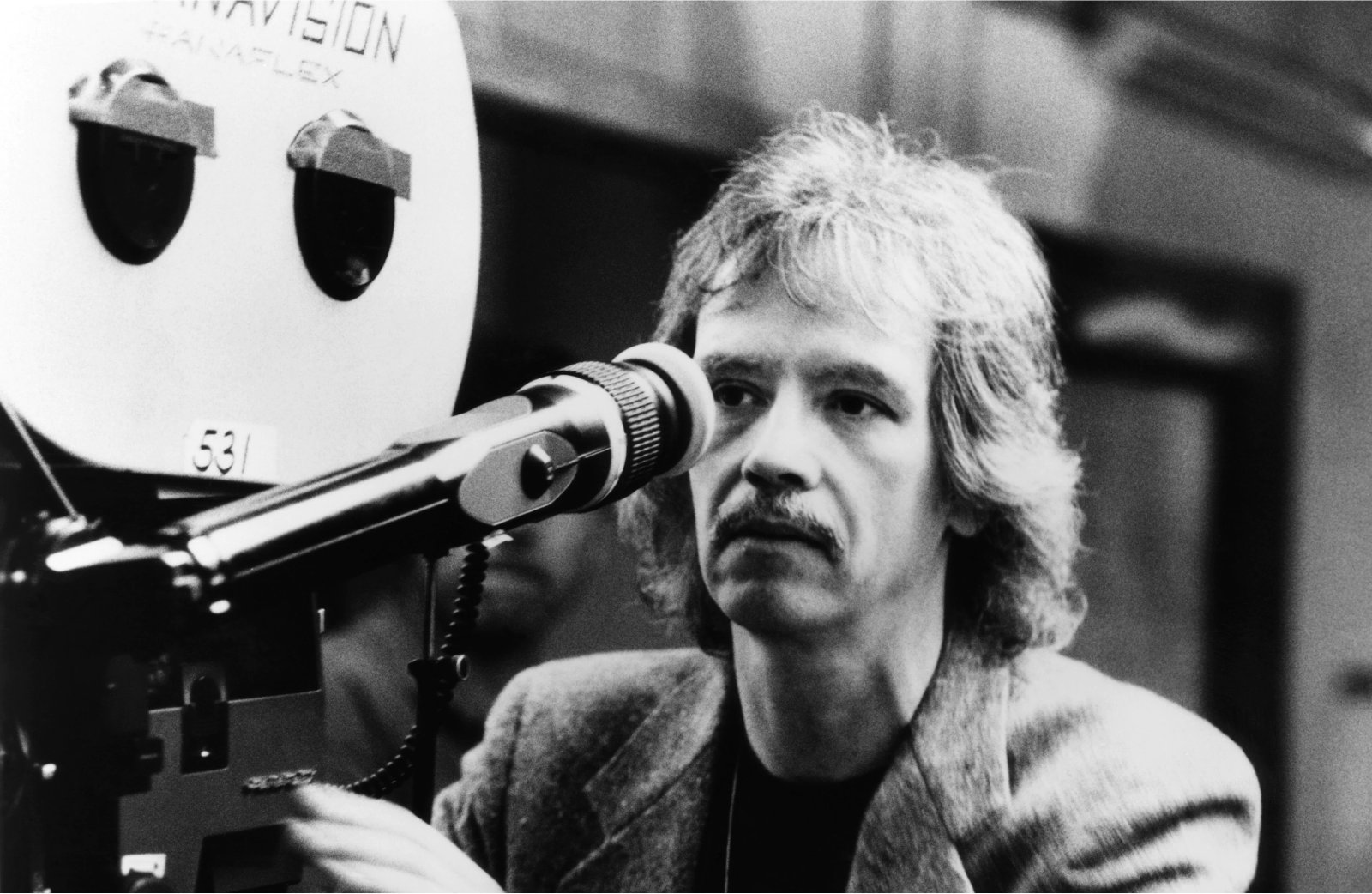
How John Carpenter Revolutionized Horror & Sci-Fi
Written by on Aug 18, 2023 3:09 PM
The American New Wave (mid 1960’S to early 1980’S), or “New Hollywood,” introduced audiences to some of the most recognizable filmmakers. Martin Scorsese, Steven Spielberg, George Lucas, Brian De Palma, and Francis Ford Coppola are some of the names in what has been defined as the “movie brat” crowd. These directors changed the cinema landscape, ushering in the blockbuster and reimagining the magic of the movies [1].
However, another crowd emerged from this new golden age of Hollywood, and a legendary auteur would reshape the horror and science fiction genres, ultimately becoming more influential than most of his peers. This director is none other than the horror maestro John Carpenter. He pushed the boundaries of horror, creating films that lingered with viewers long after the credits rolled—keeping us awake at night with the thoughts of an unstoppable force invading our homes.
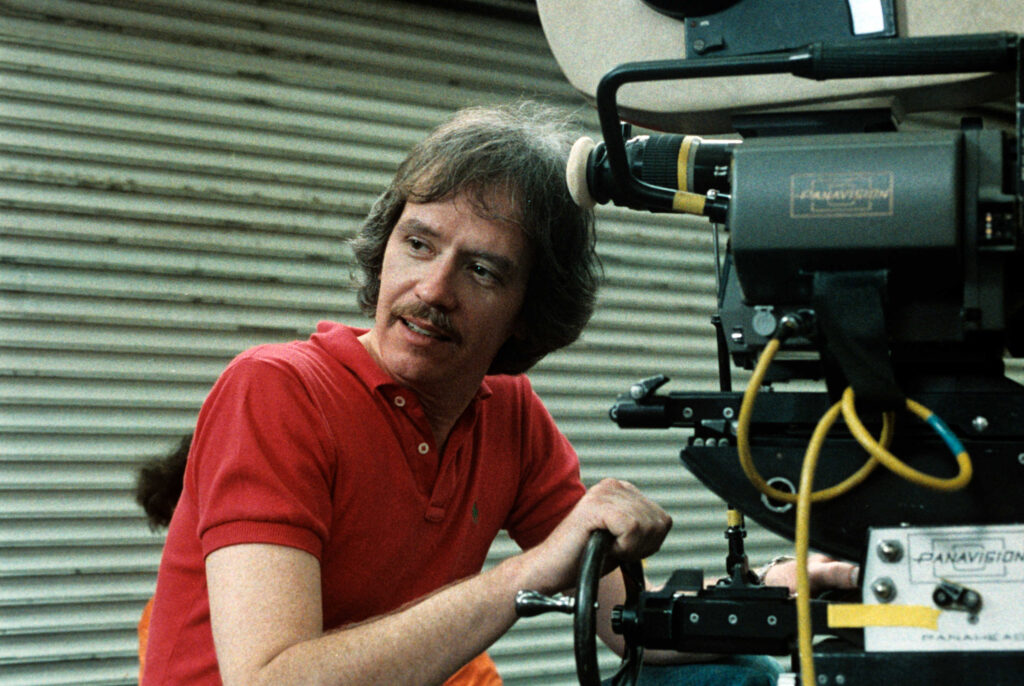
With They Live and Christine opening Fathom Fright Fest 2023, we are diving back into the influence of John Carpenter and how he revolutionized horror and science-fiction.
Born on January 15, 1948 in Carthage, New York, and raised in Bowling Greens, Kentucky, Carpenter displayed a strong interest in films and filmmaking from an early age. He immersed himself in the low-budget horror and science fiction genres, enamored by the spectacle of B pictures [3]. Like most directors, this would profoundly influence the budding filmmaker, and he attended film school at the University of Southern California in the late 1960s.
During this time, he evolved as a filmmaker, pursuing a master’s degree while directing his first feature film for his thesis, Dark Star (1974). The science-fiction film was impressive, portraying a postmodernist futuristic environment years before Ridley Scott’s Alien (1979). The intelligent and highly-imaginative plot made it an instant cult classic, allowing Carpenter to direct his first professional production Assault on Precinct 13 in 1976.
Although not as popular as some of his other films, Assault on Precinct 13 is one of his most accomplished works. The film is a remake of Howard Hawk’s iconic western Rio Bravo (1959) set in modern-day Los Angeles. Borrowing the macabre style of George A. Romero’s Night of the Living Dead (1968), he created a stylized fable of urban violence, highlighting his love of Hawksian themes, which permeate most of his later works.
With a shoestring budget, Carpenter could show his blossoming visual style and ability to create complementary soundtracks for his films (something he picked up as a child from his father). The film proved to be the perfect testing ground for his next film, which would put him on the map and usher in the innovation of the horror genre. This film is none other than Halloween (1978).
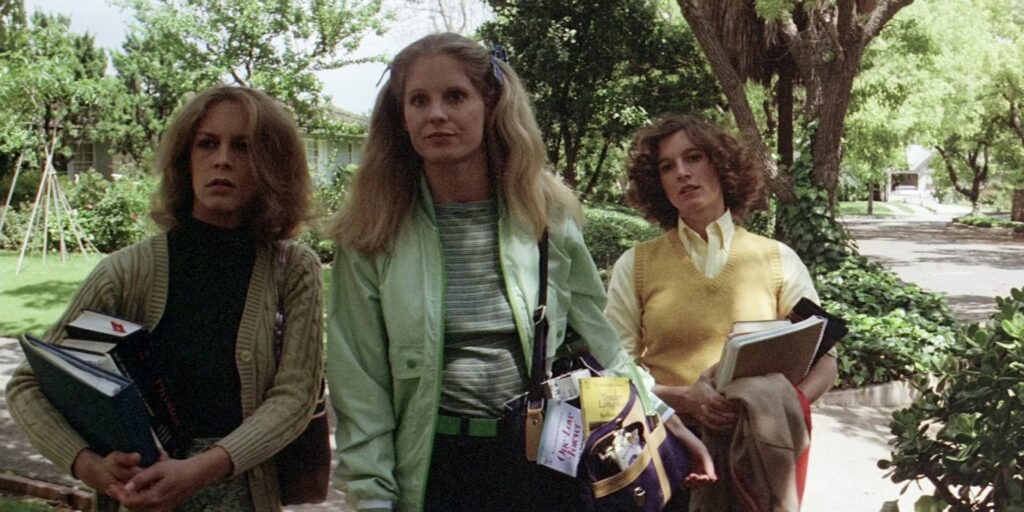
While movies like Black Christmas (1974) and The Texas Chainsaw Massacre (1974) introduced the world to the concept of the slasher, Halloween popularized and evolved it by adding a new kind of horror movie villain: the silent, unstoppable killer who targets teenagers and young adults. Michael Myers became the masked killer that ushered in the new formula for the slasher subgenre, and Laurie Strode, played by the wonderfully talented Jamie Lee Curtis, reinvented the Final Girl trope. These narrative beats became synonymous with the genre and are still used today.
In addition, Carpenter used a Steadicam to add suspense and tension to scenes while establishing the geography of a setting. From the film’s opening moments, where a young Myers glides through his house in one fluid take, to the lurking shots, Halloween revolutionized the way tracking shots are used. This and his iconic eerie score have inspired countless directors, including Rob Zombie, whose House of 1000 Corpses is part of this year’s Fathom Fright Fest.
Starting in the 1980’s Carpenter became mainstream, and with greater ambitions and bigger budgets, he could set out to combine horror and science fiction. He tackled his first Stephen King adaptation in 1980 with The Fog, bringing the atmospheric and beautifully written ghost story to life. While the film was a success, the second King adaptation, Christine, is one of his best-adapted films.
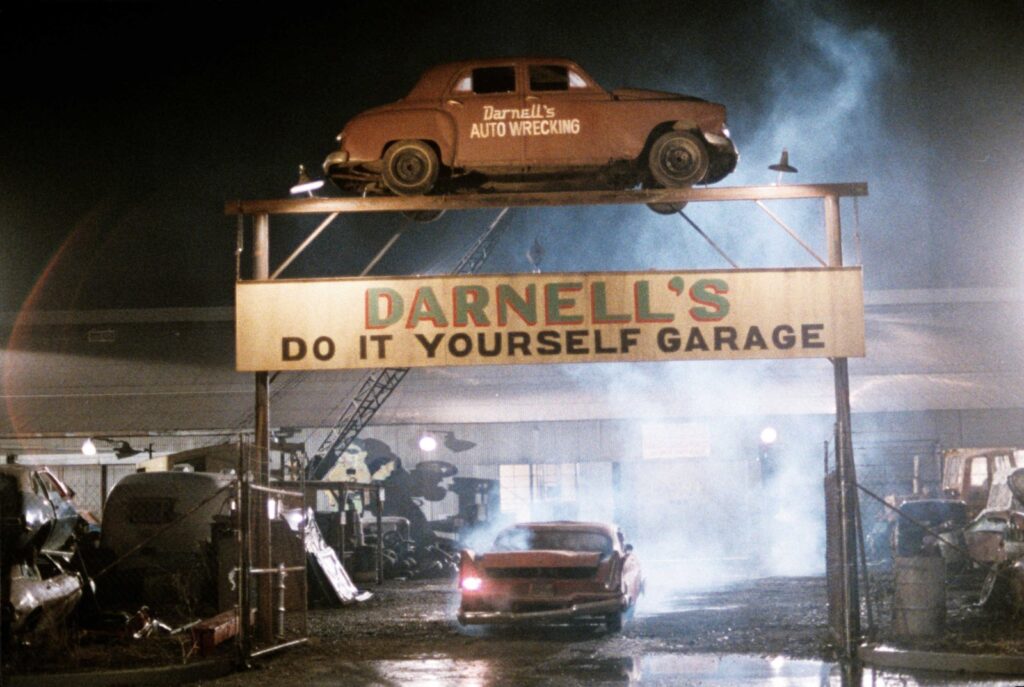
From the opening moments of Christine, it’s clear that Carpenter has mastered combining his filmmaking style with King’s writing. The film introduces us to the sinister intentions of the 1957 Plymouth Fury while she is being assembled. This dramatic irony is carried throughout the movie as we are transported 20 years into the future, where we meet our nerdy protagonist Arnie.
The emotionally charged car finds a new owner in Arnie, changing him as the story progresses. Carpenter builds the mystery surrounding the vehicle using his mastery of genre elements. We find ourselves enthralled in the ambiance of the setting. The world is alive, and we are along for the ride, almost rooting for Christine by the end.
Christine was a triumph for the era of Stephen King adaptations, ushering in its blend of science fiction and horror.
Arguably one of Carpenter’s greatest films, They Live is based loosely on Ray Nelson’s 1963 short story, Eight O’Clock in the Morning [4]. Enraged by Ronald Regan’s America, he set out to make a cautionary science-fiction thriller challenging the ideological and consumerist beliefs of the time. Thus the 1988 cult classic film, They Live, was born.
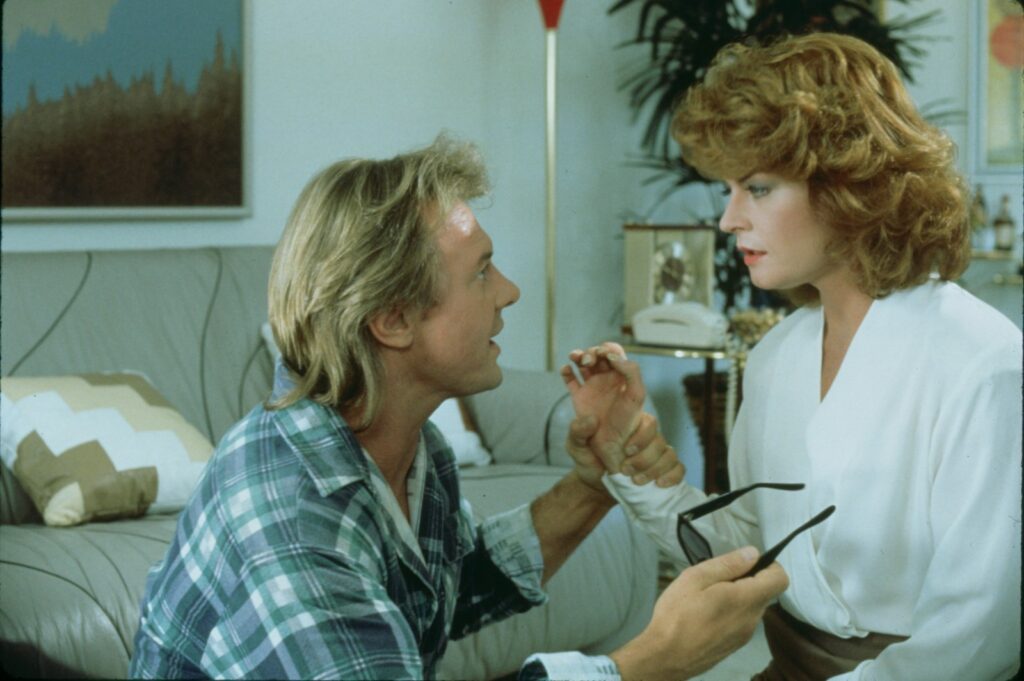
The premise is based on an unemployed American everyman, Nada, played by professional wrestler “Rowdy” Roddy Piper, who finds a unique pair of shades that lets him see the world for what it is: a dollar-driven circus of consumption filled with subliminal messaging controlled by an alien race that has infiltrated our society. In typical action-hero fashion, our working-class hero decides to get to the bottom of this alien consumerist invasion with bubble gum and fists.
The power and impact of the film comes from the contemporary relevance. Unlike most films from the 80s, which lose relevance due to that era’s political and cultural differences, this film still holds up today. We are both transported back to the nostalgia of the 80s and can relate to the ideological themes being explored. They Live became an instant cult classic like most of Carpenter’s works.
The Master of Horror has left an enduring legacy in cinema. He has pushed the boundaries of filmmaking, explored relevant themes, and transformed multiple genres. It’s hard to picture the modern-day landscape of filmmaking and moviegoing without the unique sights and sounds of this auteur.
Celebrate the enduring legacy of John Carpenter with the 35th anniversary of They Live September 3 & 6 and 40th anniversary of Christine September 10 & 13. Sign up for our newsletter to keep up to date with all our events.





"*" indicates required fields